Forget the iPhone 14, iCloud Storage Tiers Are Long Overdue for an Update
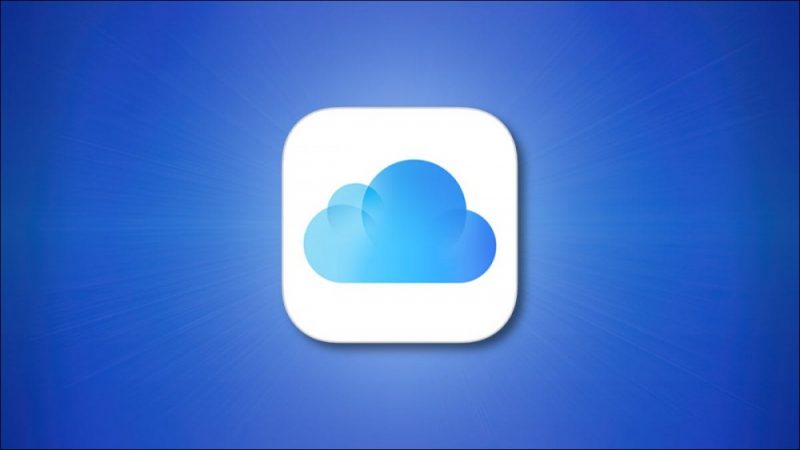
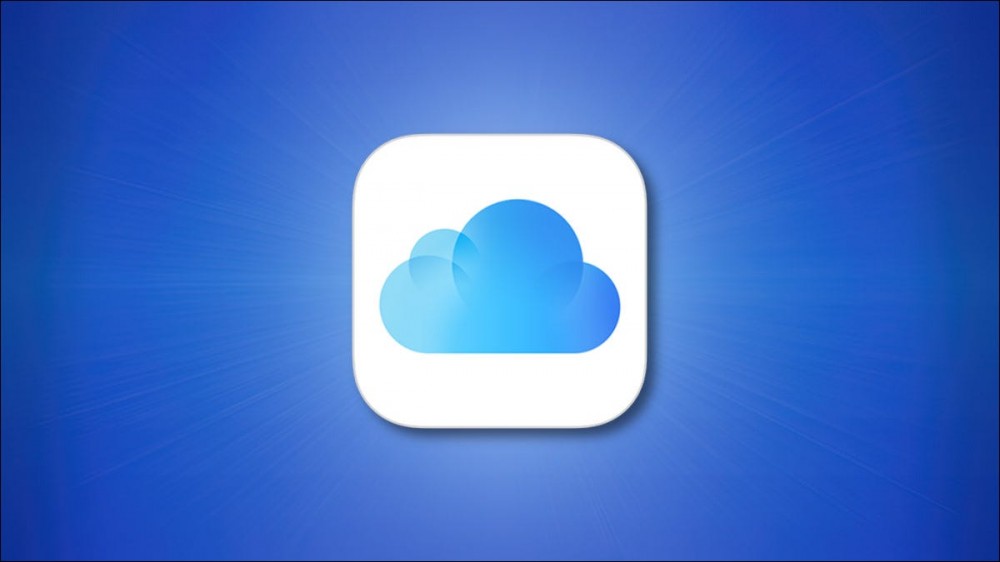
The more you immerse yourself in the iCloud ecosystem, the more dependent you become on Apple. You’ve got to upgrade to the next iCloud tier to keep things ticking over; it’s just a shame that there isn’t more choice when the time comes.
Three Sizes Fits All
The first few times you see the “iCloud Storage Full” notification aren’t too bad. Going from the free tier to the 50GB $0.99/month plan is absolutely worth it so that you can safely back up your iPhone or iPad. If you want to use iCloud Photo Library to sync your media to the cloud, you’ll find yourself stumping up $2.99/month for 200GB in no time, especially if you shoot iPhone videos in 4K HDR.
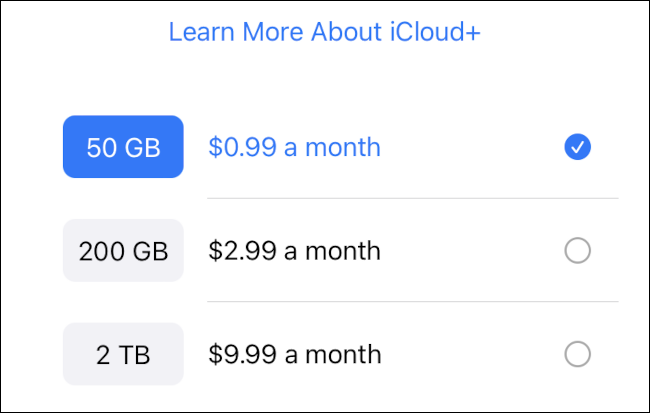
But once you exceed the 200GB barrier (or 205GB, if you include the free 5GB Apple gives you to start with), you’ve got to make the leap to 2TB for three times the price, at $9.99/month. That’s the difference between $35.88 over 12 months and $119.88 for the same period.
It’s nice to know a 2TB tier exists for what Apple describes as “a lifetime of photos and videos,” but the jump is hard to stomach when you probably won’t come close to needing that much storage for years. Would it have been so hard for Apple to offer a stop-gap 1TB option for, say, $5.99/month?
It might seem petty and cheap to complain about an extra $6/month, but this adds up over time. It took me about a decade to amass 200GB of iPhone photos and videos. That would happen a lot faster with modern devices that capture larger resolution photos, higher bitrate video, Live Photos, and HDR video—but the cost still seems too steep.

If you add 200GB per year, you won’t exceed 1TB until the four-year mark. By that point, you’ll have shelled out an eye-watering $479.52. That’s not to say there isn’t value in having everything backed up and available in the cloud, but more choice in how much storage space you pay for would be nice.
What Are You Going to Do, Leave?
This is the additional price you pay for convenient services provided under the iCloud moniker. It’s part of choosing an iPhone or iPad among the sea of alternative Android phones and tablets, many of which have more open policies. Using an iPhone means submitting to Apple’s way of doing things, which has both benefits and drawbacks.
You could switch to Google Photos or use Dropbox for media backup, but iCloud Photo Library is arguably more convenient if you use other Apple devices and services like a Mac or iCloud.com. If you opt for a third party you’ll probably have to pay for additional cloud storage anyway, which makes iCloud seem like a better choice.
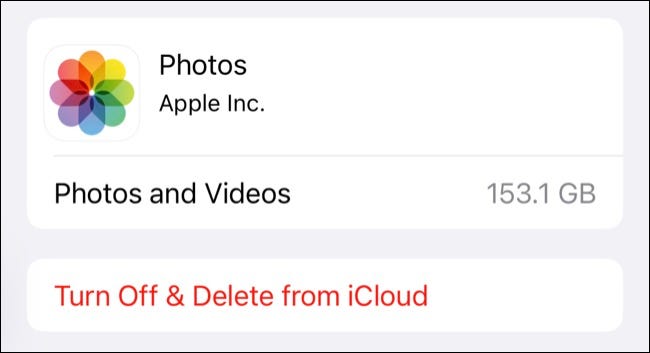
When it comes to making and restoring backups of your devices, nothing comes close to iCloud in terms of convenience. You can restore a whole device over the internet in a couple of taps and it’ll be ready and waiting for you in anything from a few minutes to a few hours, depending on your connection speed.
Your entire iMessage history can be stored in iCloud and synced across your devices. Apple Notes is now a compelling note-taking service that uses available iCloud space and provides many features normally reserved for premium apps. Having access to the Documents and Desktop folder on your Mac wherever you go has clear benefits, and even the basic iCloud Drive and Files app combination is solid after years of being so-so.
If you’re already immersed in Apple’s ecosystem, getting out isn’t impossible but it’s going to take a lot of work. It also feels like you’re missing out on a large part of the iPhone experience by not going all-in on features like iCloud Photo Library.
Family Sharing and Apple One Sweeten the Deal
Depending on what you’re already paying Apple every month, you might find that sharing your available iCloud storage with your family members is a better deal. It’s possible to share the 200GB and 2TB tiers, with the catch that a single household member acts as the “organizer” and must invite other members to partake in their organization.
When Family Sharing is enabled, all purchases go through the organizer’s payment method. That includes iCloud+ storage but also Apple Music, App Store, and other purchases. The upshot to this approach is that these purchases can be shared with the whole family, so they only need to be purchased once for everyone to benefit.
This approach isn’t ideal for everyone. It would be nice if Apple would allow adult family members to make purchases with their own payment methods separate from the organizer. There are additional perks like a family photo album and the ability to find other family members’ missing devices using the Find My service.
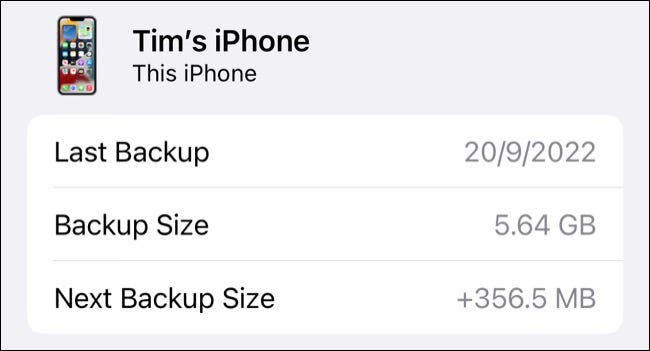
The other option is to go for an Apple One subscription. If you’re already paying Apple for services like Apple Music, Apple Arcade, or Apple TV+, you can pay $19.95/month for the Family (200GB) plan or go all-in on a Premier (2TB) account for $29.95/month.
Family subscriptions give you access to Apple Music, TV+, and Arcade with the ability to share with up to 5 people. Premier accounts add News+ and Fitness+, on top of this. The value proposition for someone who is already paying for additional services here is surprisingly good.
Unfortunately, the same can’t be said for someone who takes a lot of photos and videos, who buys all of their music (or uses a competing streaming provider like Spotify), and who doesn’t find themselves playing a lot of mobile games, enjoying Apple TV+ programming, or using Apple’s News app.
More Choice Is Needed
This criticism isn’t purely an Apple problem. Google uses similar, if cheaper, storage options with a big jump from 200GB to 2TB and nothing in between. Microsoft’s 365 plans are noticeably cheaper (at $9.99 for a whopping 6TB or $6.99 for 1TB) and include cloud versions of office apps like Word and Excel.
The main issue is that most users won’t be tempted by third-party services, no matter how cheap. iCloud is baked into every Apple product, and choosing to use it means paying a premium for the sheer convenience.
Hopefully, Apple is planning to review its iCloud storage tiers to give its customers more choice. As time wears on, data gets cheaper, and this should cause tiers to shift for the better in terms of price and space.
After all, the file sizes on a 48-megapixel image taken on an iPhone 14 Pro must be pretty hefty.
RELATED: What’s New in the iPhone 14 and iPhone 14 Pro: 7 Big Changes









